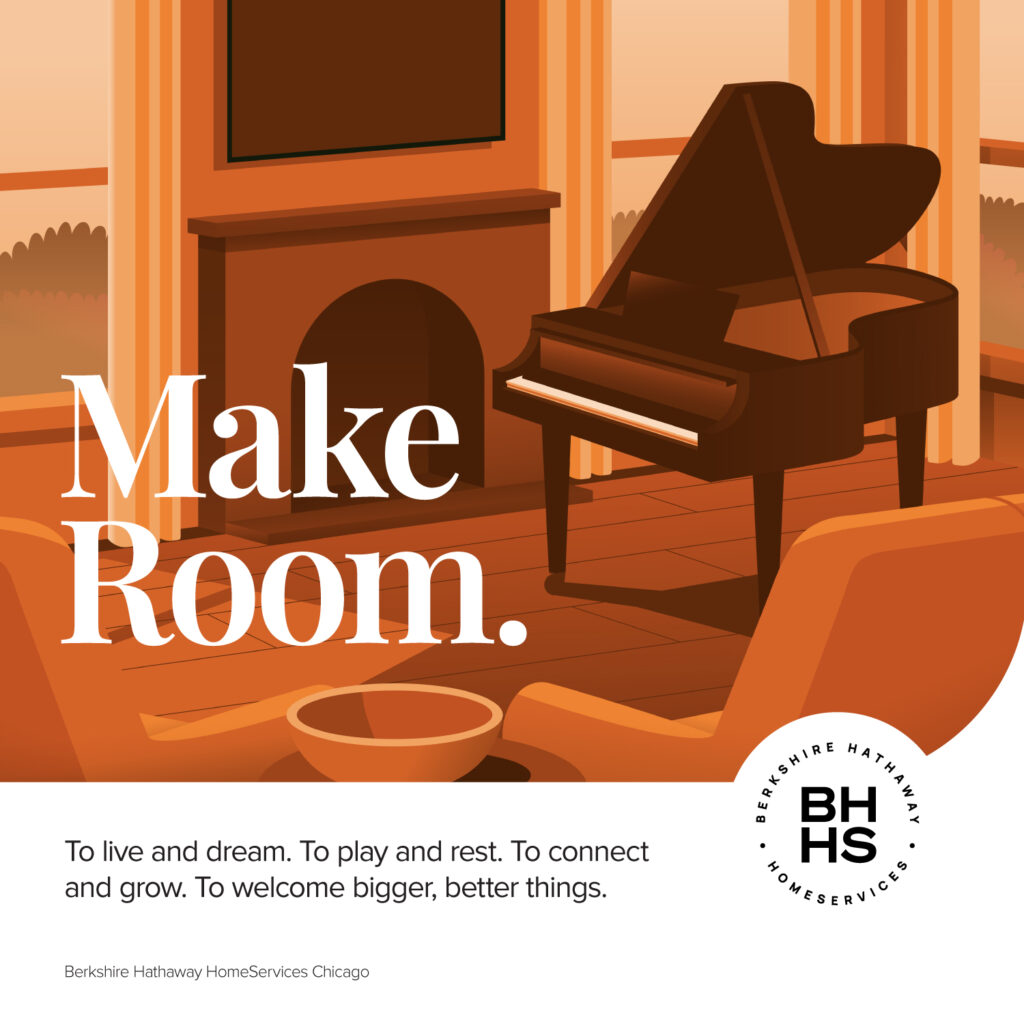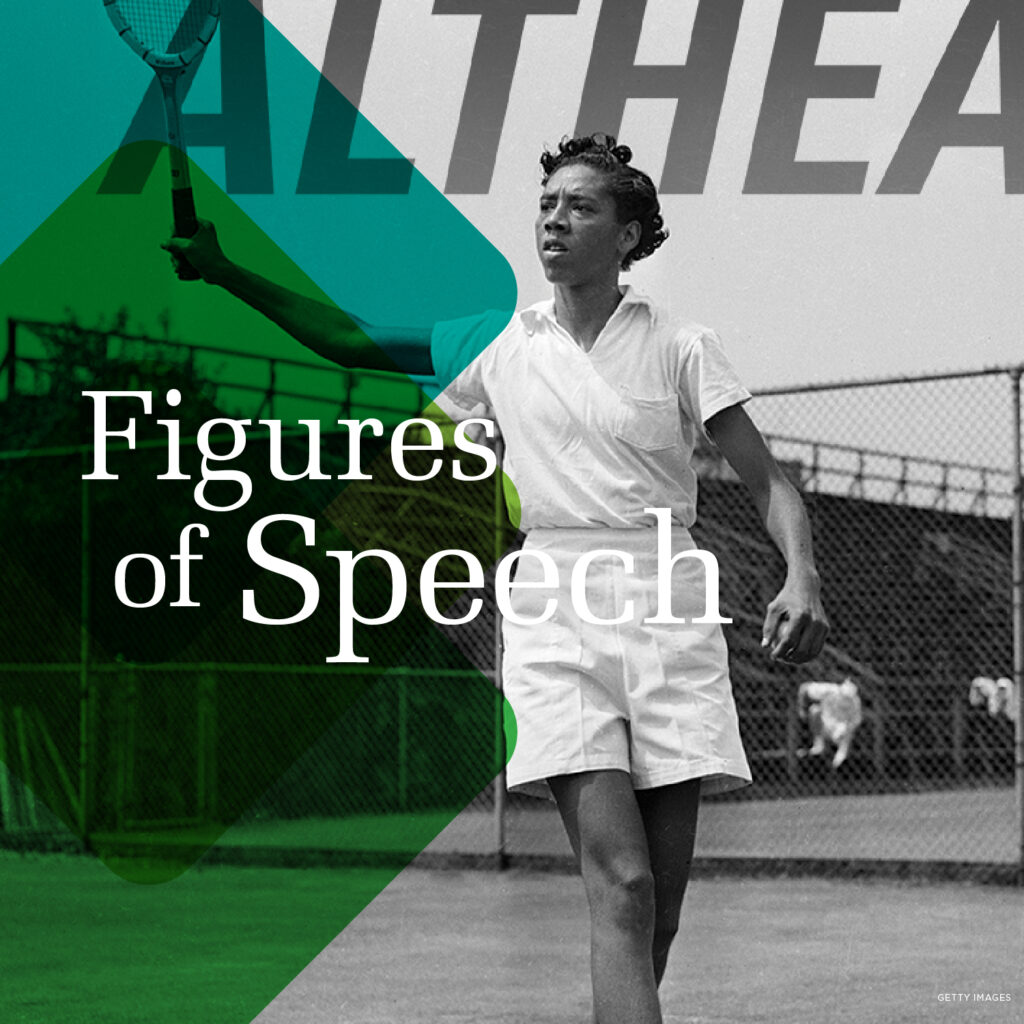Celebrating the Role of Artists in Our Society
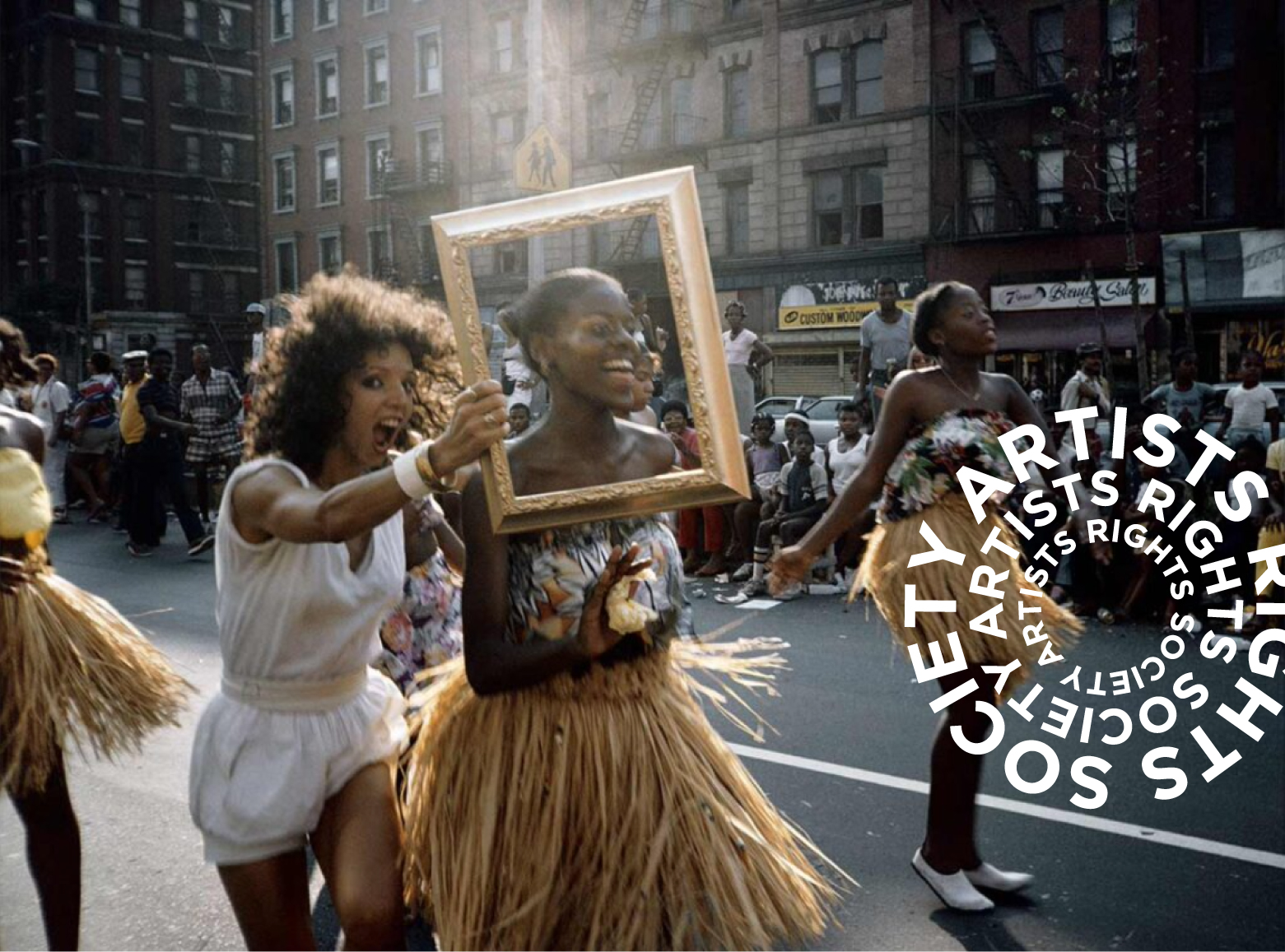

What is the role of the artist in our society, and how has that role evolved over the past year and in light of recent events? We spoke with Katarina Feder, Vice President and Director of Business Development at Artists Rights Society (ARS), to discuss all this and more.
The Role of Artists
The belief in the fundamental role artists play in our society has been baked into Artists Rights Society’s DNA from the get-go. Their core conviction, crafted during our expansive scope of work together, is this: Artists are an essential part of society, helping to both broaden and challenge our understanding of — and connection to — our culture, our beliefs and our humanity.
Yet, as we talk with Feder, our conversation is framed around how our society’s relationship with art — and more important, with artists themselves — has evolved and deepened, especially as humanity collectively processes the global pandemic and the nationwide outrage surrounding racial injustice.
Placed under lockdown and launched into a virtual lifestyle, communication actually became more porous online, creating stronger, more bonded communities. “For artists, virtual interaction is a huge plus. There’s a feeling that walls are coming down; and artists have become more enthusiastic about letting others into their process and their studio spaces through online tours or webinars. Overall, it feels like artists are collaborating more than ever,” says Feder.
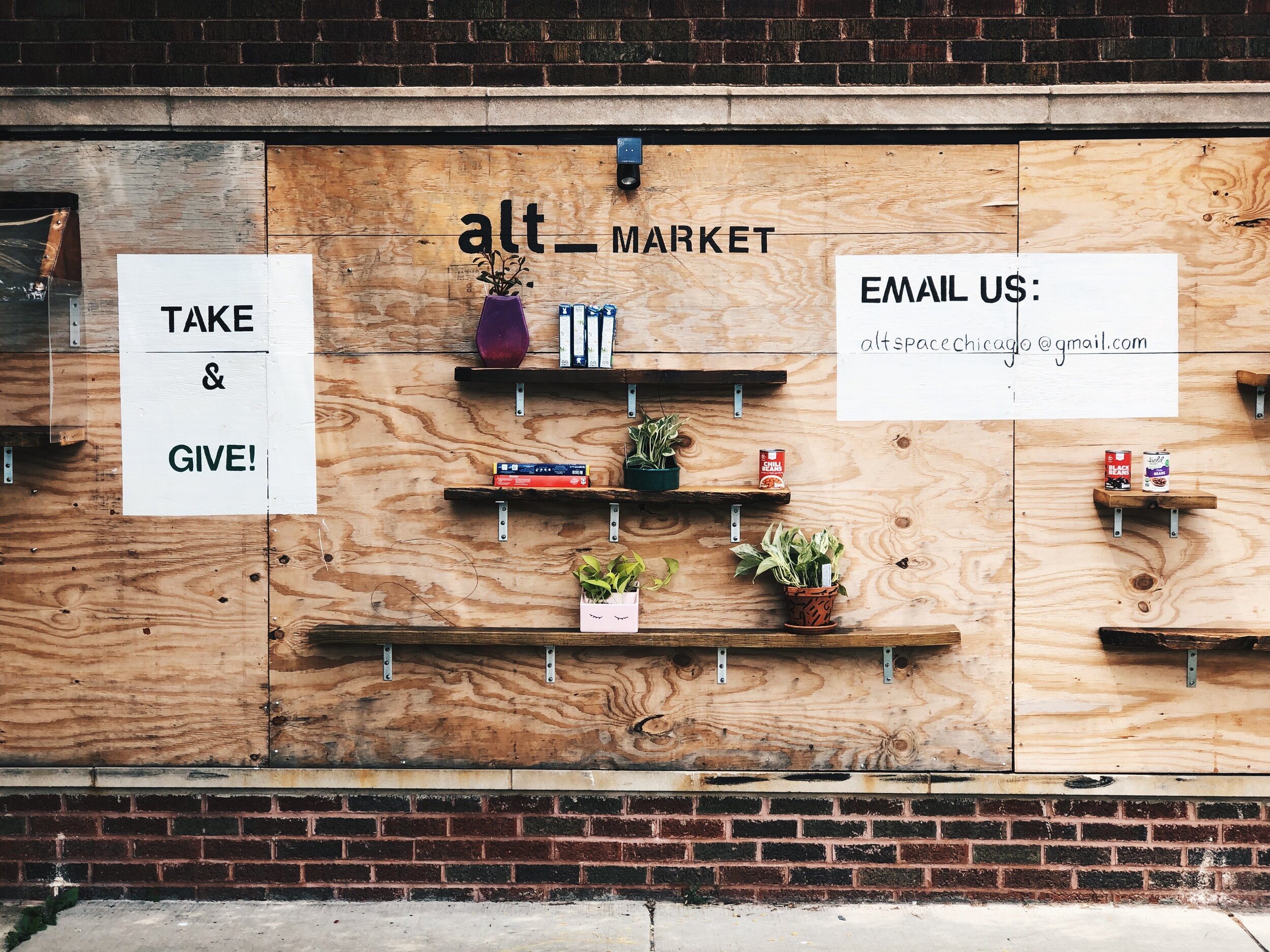
More than just opening their studios up, artists have been pushing their work to be part of on-the-ground efforts, combatting the effects of both the pandemic and social unrest. In Chicago, artist-led organization alt_ created alt_ market, a “functional art installation” serving as a free community market stocked by the people, for the people; and nearby, nine local muralists teamed up to create a Black and Brown solidarity mural following racial tensions in June — and teamed up again to recreate the mural when it was painted over.
This combination of artists’ impact and increased visibility in our culture signals that we are becoming more aware of, sympathetic to and supportive of the role of artists in our society. It has led to mutual aid and relief funds to help keep artists’ livelihood intact and to the organization of countless online exhibits, panels and more to help uplift and showcase the work of artists during this time.
A Culture United
In the face of great adversity, humans often turn towards art as a way to learn, to process and to heal, and the past year has been proof of that. People have also turned to one another for support and camaraderie, embracing the old adage “we’re all in this together.”
Feder has felt that camaraderie in the arts world, sharing with us: “There’s been a much grander sense of inclusion, and a feeling that we’re all on the same team since COVID.” Pre-pandemic, ARS was often viewed as the arbiter of justice in the arts world. Acting as the defender and champion of artists rights, it was often easy for others to focus on the punitive aspect of being caught doing wrong, rather than to embrace the pleasure of learning how to respect artists’ fundamental control over the legal rights to the works they produce.
“We’re lucky to be named Artists Rights Society,” reflects Feder. “Rights itself is a loaded word, and it’s one that’s important right now culturally. What we’re finding, more and more these days, is that people care deeply about understanding artists’ rights and have a strong desire to both learn more and do better by artists.”
“Because of this,” she says, “we’ve been embraced by others to support artists and seen a level of trust from artists, gallerists and the arts ecosystem writ large like never before. We see this emerging trend in the recent months, as ARS has been approached with requests for licensing virtual exhibitions and online advertisements, as well as to provide educational resources for those seeking to become more informed.”
Artists at the Center and in Control
As collaboration becomes more dynamic, and artists’ visibility and role is ever-increasing, Feder notes: “I’m seeing artists changing what it means to build a brand. Because everything is online now, and we’ve moved away from closed doors and closed spaces, artists now have a platform and a voice like never before.”
And with a platform and a voice comes a newfound sense of agency and control over the process. Artists are able to maintain a new level of authority over their own voice and work. For ARS, this marks a vital shift in perspective. Their approach to artists’ rights is two-pronged: protect + promote. While protection is an essential half of the dynamic, promotion allows for a proactive, empowered avenue for artists to support their livelihood and to explore their voice.
“More and more, artists are realizing it’s okay to make money off of their work, and it’s a good thing to use that work on different platforms. Overall, a hustler mentality is being adapted and it’s healthy. These days, art institutions won’t look down their nose at you for having your art on a baseball cap. Why? Because that product means the American public knows you better and has an accessible avenue for supporting and enjoying your work,” explains Feder.
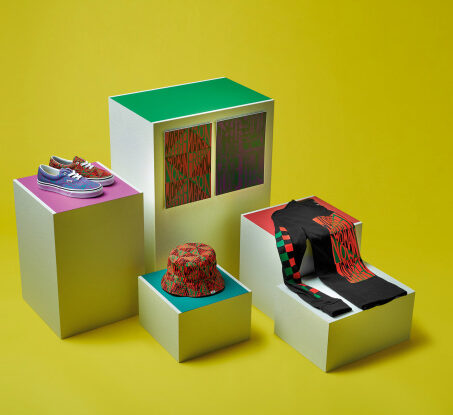
The combination of artists feeling liberated to pursue self-promotion, paired with the agency granted by having a platform, is also helping to keep institutions in check. As much as galleries are already invested in promoting their own artists, they also have to behave with artists’ best interests at heart, because there’s a newfound sense of public accountability if they don’t. As a system of checks and balances, this means, as Feder puts:
“Power has become decentralized and put back into artists’ hands, and our position is that that’s exactly where it should be.”







